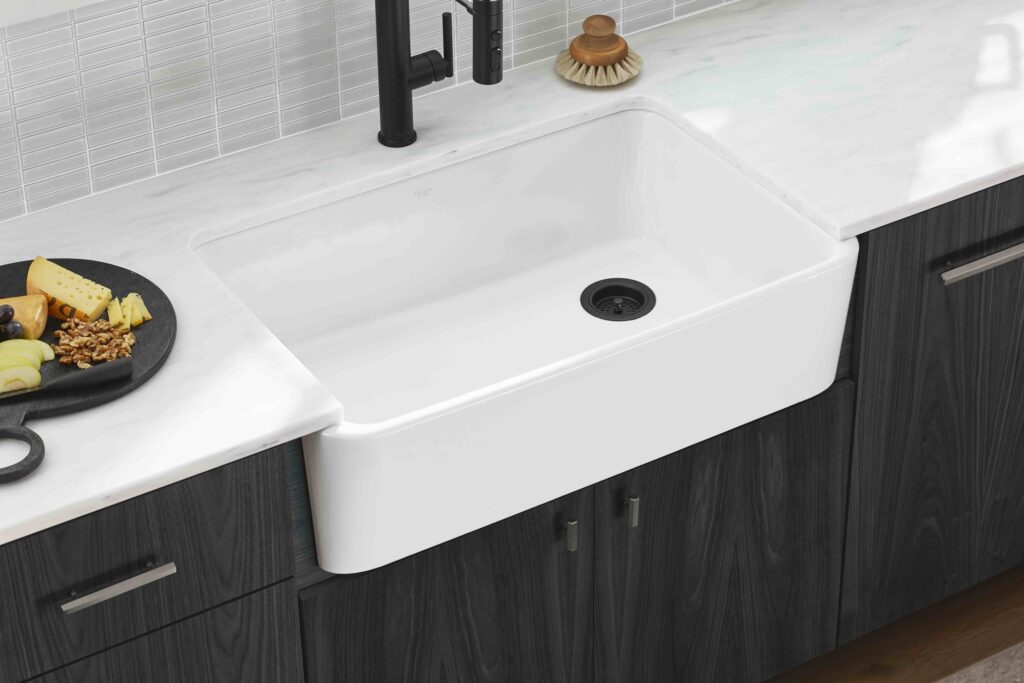Inflation and higher interest rates are resulting in postponements and cancellations, though the 2024 outlook remains positive.

By Elisa Fernández-Arias
Most K&B industry professionals are experiencing difficult market conditions as consumers pull back due to inflation and higher interest rates, according to NKBA’s recently released Q3 2023 Kitchen & Bath Market Index (KBMI). This has led to a decrease in project leads and completions, as well as a rise in postponements and cancellations.
Still, the report notes that price increases are slowing and supply chain challenges have virtually disappeared. And the outlook for 2024 remains mostly positive. Below, a look at the key challenges currently facing K&B professionals.
- K&B project completions declined by low-single digits in Q3. Design firms saw project completions slip into negative territory, slowing by -1.4 percent YOY, causing some firms to switch to fewer but larger high-end projects. In the construction segment, renovations also declined, falling by -0.6 percent YOY. The drop would have been steeper had it not been for backlogs that are slowly drawing down.
- There is an uptick in cancellations and postponements, though project deferrals, which continue to outpace cancellations, will build up to fuel future demand. When rates eventually moderate, this pent-up demand will help drive a market resurgence — and this pent-up demand from projects never started in the construction segment is even greater than that from postponed projects.
- New project leads have slowed down in Q3, mostly for mid-size projects priced $50K – $100K. Many firms are shifting to higher price points ($100K) and wealthier customers. Some designers outsourced materials purchasing to the client, freeing up their time and allowing them to pursue higher-margin projects and activities. Some good news: Many established designers said they are being supported by repeat and referral customers.
- Gross margins are under pressure. This is, in part, due to K&B professionals getting “hit with further material costs” while sales slow. Retail sales declined by an average 1.3 percent YOY, even as vendors passed on markups of 8 percent or more for multiple product categories including countertops, lighting, cabinets, vanities, refrigerators, hardware, dishwashers and tile. Rising labor costs also challenge margins. About 26 percent of firms reported lower gross margins versus a year ago, up from 15 percent in Q2 2023.
- Rising labor costs and availability of labor continues to be the biggest challenge the K&B industry is facing. K&B firms rate the cost and availability of skilled labor as a highly pressing concern. Firms expect to raise their hourly wages by nearly 5 percent on average in 2024, while 33 percent expect their hourly labor costs to increase 6 percent or more.













